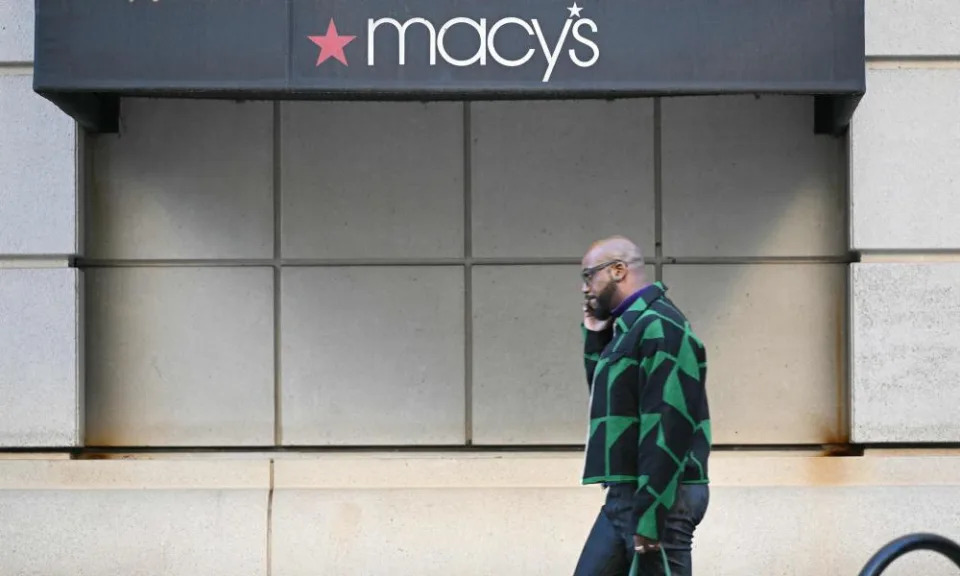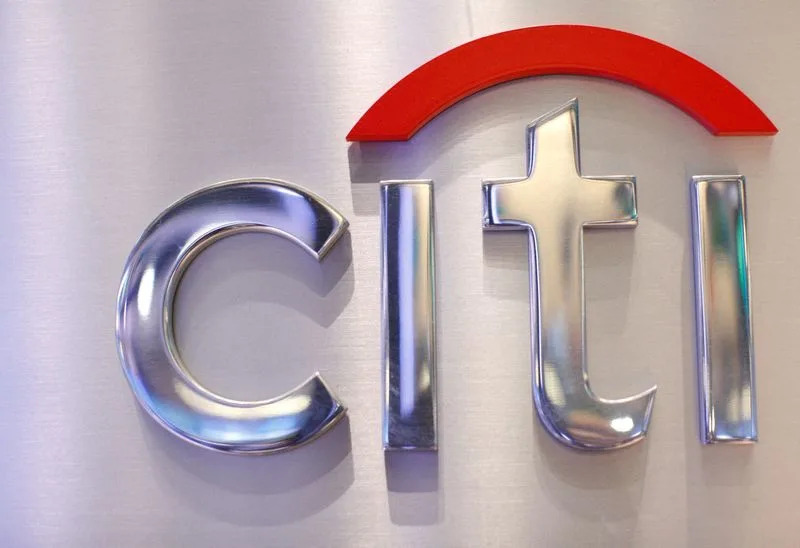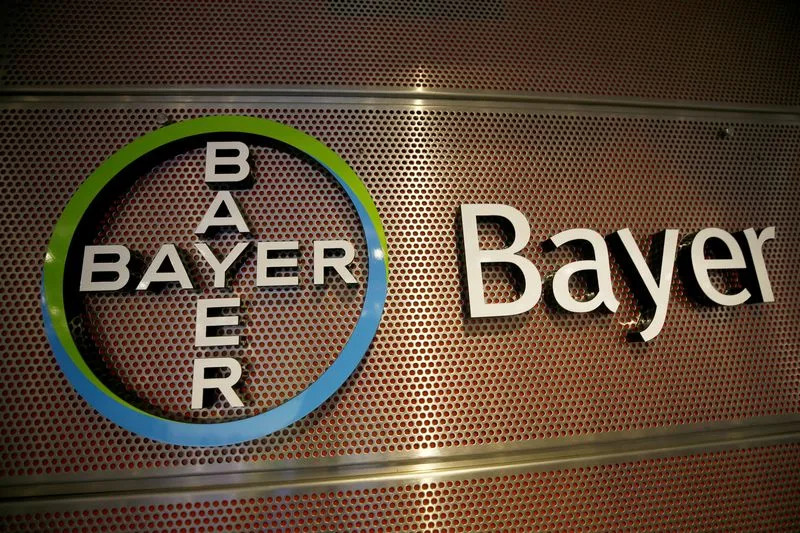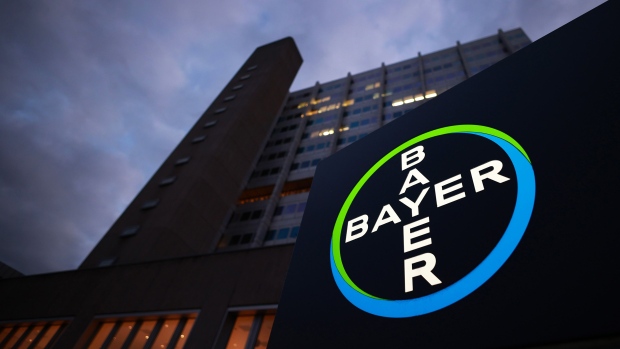Michael Sainato
Wed, November 22, 2023

Photograph: Mandel Ngan/AFP/Getty Images
Macy’s workers are planning to strike on Black Friday, alleging unfair labor practices and the retailer’s failure to reach a new union contract deal.
Four hundred workers at Macy’s locations in Washington state are planning action after 96% of workers voted in favor of authorizing the strike in October.
In 2021 and 2022, Macy’s reported profits of over $1bn. The company spent $600m on stock buybacks and paid out $173m in dividends to shareholders in 2022.
The union has criticized these profits and the Macy’s chief executive Jeff Gennette’s $11m annual pay package as the company refuses to budge on wage increases the union is asking for in a new contract.
“We would like them to share some of those profits so we can have a liveable wage,” said Azia Domingo, who has worked at Macy’s in Tukwila, Washington, for 21 years. “Macy’s CEO gets $11m per year while a lot of his workers rely on food banks, and some can’t even afford to see doctors because of the low wages and the expensive healthcare.”
Starting pay in the most recent contract with Macy’s was at or near Washington state’s minimum wage, which goes up to to $16.28 an hour from 1 January.
Domingo said low pay has made it difficult to attract and retain workers, while not properly compensating workers who have put in years of service with the company, resulting in chronic understaffing and higher workloads.
“A lot of times on the floor there will be one person covering everything – and that’s hard. More and more people are having to take on more,” added Domingo. “We work long hours. Our job titles keep getting longer and longer, and Macy’s isn’t wanting to invest in their employees and invest in keeping them long-term.”
The union, UFCW Local 3000, is planning a striking workers’ parade on Black Friday at the Macy’s Southcenter location in Tukwila, outside Seattle, to kick off the strike. Other workers represented by the union and community members will also join. Thousands of people have signed on to a petition supporting the workers’ strike and pledging not to cross the picket line.
Liisa Luick, another long-time sales associate at Macy’s in Lynnwood, Washington, claimed she had been subjected to unfair labor practices. Luick said she was suspended for two weeks without pay last year after calling the police in response to an individual posing a safety threat at the store. She said workers should not have to fear losing their jobs or being reprimanded for calling emergency services.
Other unfair labor practice charges filed by the union include being prohibited by Macy’s from speaking to workers in the workplace, surveillance of union members and bargaining in bad faith.
“We’ve had assaults in our stores, and we’ve had shootings out in our parking lots at the time when we have to walk out to our cars with no consideration at all,” said Luick.
She said pay had lagged far behind inflation even as Macy’s has been immensely profitable, as executives have been paid multimillion-dollar salaries, and as the company has put lots of money into publicity campaigns such as the Macy’s Thanksgiving Day Parade.
“They’ve worked us to death on skeletal staffing, and it’s just not fair,” said Luick. “When we see that they’ve made all these billions, when they pledged to put money back into the business, they’re establishing 30 new stores. They have the Macy’s Day Parade, they have the fireworks. We’re angry, and even our customers comment on it.”
A spokesperson for Macy’s said in an email in response to the strike and demands made by workers for a new contract: “Macy’s seeks to reach a deal that is mutually beneficial to the colleague, company and union.”


















